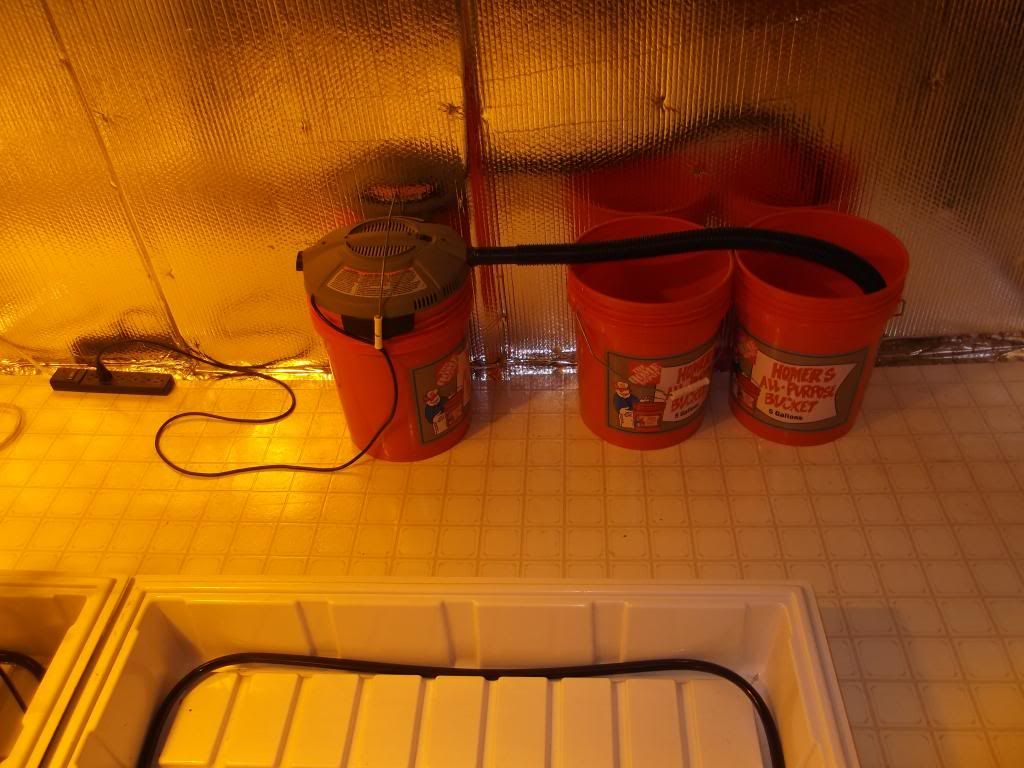Hello
By now most of you know that I grow in coco for the first time (many successful grows in peat moss)
I heard that you can also feed from the bottom by filling the saucers with food. This occurred as being stance to me but that doesn't not say that it is a valid and proven way to water.
However. My question is:
Every time i water, there is a saucer full of food thats left behind when I am done. (Yes. My pots are sitting in saucers and no, I cannot empty 100+ of them when I water.)
What happens to that food as it slowly evaporates and almost gone by the next feeding?
By now most of you know that I grow in coco for the first time (many successful grows in peat moss)
I heard that you can also feed from the bottom by filling the saucers with food. This occurred as being stance to me but that doesn't not say that it is a valid and proven way to water.
However. My question is:
Every time i water, there is a saucer full of food thats left behind when I am done. (Yes. My pots are sitting in saucers and no, I cannot empty 100+ of them when I water.)
What happens to that food as it slowly evaporates and almost gone by the next feeding?





